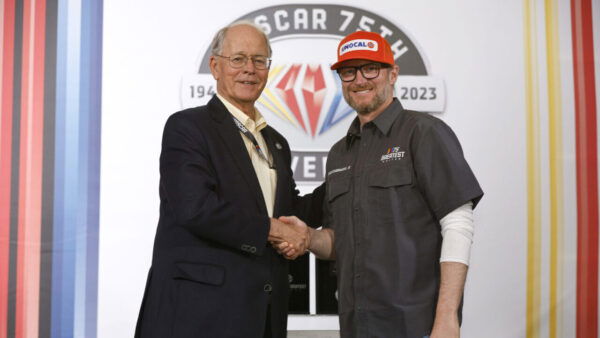F1 car price: How much does an F1 car cost in 2023?

Max Verstappen's 2023 F1 car - The Red Bull RB-19
Formula 1 is an expensive affair, so much so that it is considered to be the most expensive sport in the world. The fastest and one of the most well efficiently built machines in the world, the cars consistently cross speeds of 300km/hr. Naturally, the development of these said cars is a giant endeavor, and not everyone can afford to build a successful and functioning team. Teams and their engineers and the design staff work meticulously to evolve and make cars faster every year.
Given the freedom, teams, depending on their financial capabilities, would spend immeasurable amounts of money on the cars. To make the racing more competitive and the field closer together, the FIA has enforced a cost cap. For 2023, the cost cap was originally supposed to be set at $135 million. However, it’s important to remember that apart from just the car and the elements needed to run it, the cap also includes other things.
The cost cap includes, apart from the costs regarding the ‘stock’ car itself: Salaries of most of the team personnel (apart from the three highest-paid ones, mostly driver salaries), hybrid engines, garage equipment, spares, material costs, transportation costs, and of course, development costs. Before the budget cap was enforced, teams like Mercedes and Ferrari would’ve had an annual budget of $300-400 million. On the other hand, a team like Haas will reach the budget cap for the first time – through their sponsorship deal with MoneyGram.
More: Who are the youngest drivers ever to race in Formula 1?
How much does an F1 Car cost?

Building an F1 car from scratch is estimated to cost around $12-16 million for the teams. However, this only covers the expenses of the main components of the car, and it is very difficult to put a price on the engineering and design that goes into the production of these components. In addition, there are many developments that a team may undertake during the season. These would come with additional costs, depending on the component.
The main components of an F1 car include:
| Front Wing | $1,50,000 |
| Chassis | $7,00,000 |
| Halo | $17,000 |
| A set of tires | $2,700 |
| Steering Wheel | $50,000 |
| Engine Unit | $10,000,000 – $10,500,000 |
| Fuel Tank | $1,60,000 |
| Rear wing | $85,000 |
| Gearbox | $4,00,000 |
| Hydraulics | $1,70,000 |
| Total | $13,000,000 |

Formula 1 teams currently utilize a four-stroke, hybrid 1.6L V6 engine. The engine, or the power unit as it’s called, includes a turbocharger, energy stores, internal combustion engines, two motor generator units (kinetic and heat), and control electronics. However, Formula 1 is currently in an ‘engine freeze’, which means that the current engine manufacturers cannot make performance-related improvements to their current engines.
This has been done so teams can focus on developing the 2026 engines, which will use 100% sustainable fuel. The 2026 engines will use as much as three times the electrical power of the current engines. The MGU-H will be banned. Power unit costs will go down. As of the current rules, the engine, which is the most expensive component of an F1 car, is estimated to cost around $10-10.5 million. The actual cost is hard to calculate and would vary from manufacturer to manufacturer, depending on the efficiency, price structure, and various processes.
Which is the most expensive car on the F1 grid?

Mercedes, Ferrari, and Red Bull are teams on the grid that are known to have the highest budgets when it comes to car development and overall investment. These ‘top teams’, before the cost cap was enforced, have spent upwards of $400, even $500 million on their cars for the upcoming seasons. Now, of course, every team has the same maximum amount they are able to spend – originally $135 million. Teams will receive an additional $300K for each (total of six) sprint race weekends. There are other factors at play in the cost cap, such as inflationary adjustments.
As for cars sold at auction, the most expensive F1 car ever sold at auction is a 1954 Mercedes-Benz W196R, driven by Juan Manuel Fangio, Karl Kling, and Hans Herrmann. It sold for £19,601,500 in 2013, at a Bonhams auction at the Goodwood Festival of Speed. The next most expensive F1 car ever sold, is a 2003 Ferrari F2003, which was sold for $13.2 million in November 2022.
In case you missed it:
- Who are the richest team owners in Formula One in 2023?
- What is the difference between an in-lap and an out-lap in F1?







